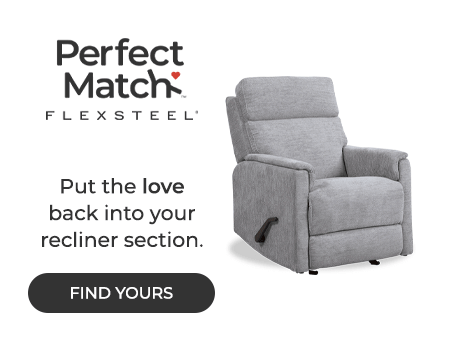HIGH POINT — Just this past week, HNN Editor-in-Chief Tom Russell did a great job reporting about the court case alleging that the president overstepped his authority in imposing unlimited tariffs on most major countries in the world earlier this year.
If you missed this important story, you need to go back and read it. You can access it by clicking here.
At the recent High Point Market, the topic of tariffs was top of mind with suppliers and retailers and understandably so. With undefined rates hanging in the air like the sword of Damocles, lots of suppliers held back on bringing new product to market, and many retailers, meanwhile, were reluctant to commit to purchasing not knowing exact costs or delivery times.
President Trump has repeatedly pointed to his plan sweeping tariffs as a key he will use to unlock the door to returning manufacturing to the U.S., leveling the global playing field, reducing our trade deficits and more.
On paper, or from a podium, this strategy sounds great, and based on the past election, it resonated with many Americans, especially those who may have lost their jobs to offshoring and ongoing industrial decline.
But as I look at the impact on furniture, I’ve yet to see signs of how the tariffs are helping — or are likely to help — our sector.
When the president was elected the first time, the heart of Trump’s trade policy appeared to be a broad and stiff set of tariffs, notably on steel, aluminum and hundreds of billions of dollars’ worth of Chinese goods.
These measures were intended to punish bad actors, incentivize domestic production and renegotiate more favorable trade terms. However, the reality on the ground has not matched the rhetoric.
Take the U.S. manufacturing sector. Rather than seeing a renaissance, American manufacturers — particularly in industries like automotive, electronics and furniture — have faced rising input costs. Tariffs on raw materials and intermediate goods meant that U.S. factories paid more for the components they needed to stay competitive. In effect, Trump’s tariffs became taxes on the very businesses they were meant to protect.
The furniture industry offers a clear example. Many U.S. furniture companies rely on imported parts and raw materials, such as wood, hardware and upholstery fabrics — much of it sourced from China. When those imports were slapped with tariffs of up to 25%, domestic manufacturers had little choice but to raise prices, cut margins or reduce production. Smaller businesses were hit especially hard, with some reporting layoffs and plant closures as a direct result of increased costs.
Meanwhile, consumers have also borne the brunt. Several studies, including research by the Federal Reserve and the Peterson Institute for International Economics, found that nearly the full cost of tariffs was passed on to American households and businesses.
You can read the Federal Reserve Report here.
You can read the Peterson report, which concludes that the Trump tariffs will cost consumers an additional $1,200 a year, here.
Assuming both reports are correct, that amounts to billions of dollars in hidden taxes — all while trade deficits remained stubbornly high and already challenged supply chains became more fragile.
In a globalized economy (and like it or not, we are part of a global economy), tariffs are a blunt instrument. While they can be strategically useful in narrow cases, it seems that Trump’s ready, fire, aim approach — which frequently changed rates, targeted allies as well as rivals, and blurred the lines between economic policy and political leverage — created a climate of unpredictability.
That uncertainty tends to discourage investment, can and has strained international alliances, and undermined confidence in our United States’ commitment to free and balanced trade.
While I want to be at the head of the line that believes concerns about China’s trade practices are valid and the need to protect strategic industries is real, I do not want to see tariffs imposed with the goal of being more punitive than productive.
As we move forward, our trade policy needs to be smart, strategic, targeted and consistent.
Our strength and success as a nation has always been rooted in innovation and the willingness to partner outside our borders.
Our livelihoods depend on wonderful products that consumers buy with discretionary income.
President Trump, who previously had a successful line of furniture in a partnership with Lexington Home Brands, should keep that in mind.
If tariffs are in the cards, and I believe they are, we would all be better served if the White House made them realistic, set them, then stuck to them.

 by
by 



Excellent article Ray. I personally think everyone in the furniture industry is uncomfortable making future plans and forecasting for what’s down the road both with pricing and delivery. Something has got to give so our industry can get back to what’s important like making furniture and then selling it to their consumers.